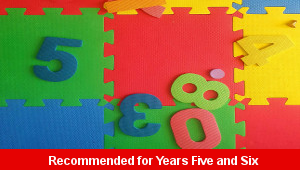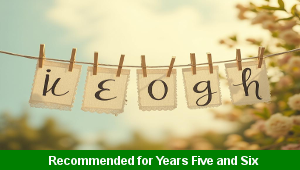Home > Key Stage Two > Maths > Number > Fractions > Equivalent
Equivalent Fifths

This maths teaching pack for Key Stage Two gets the children to identify and record equivalent fractions to match different numbers of fifths using diagrams and number calculations for multiplication and division.
The class can show how different non-unit fractions can match other fractions with an equivalent value for their numerators and denominators.
Download this teaching pack including display posters, classroom activities and an interactive presentation to teach the children to identify and record equivalent fractions to match different numbers of fifths using diagrams and number calculations for multiplication and division
Activities in this teaching pack include display posters to identify equivalent fractions to match different numbers of fifths shown using diagrams and non-unit fractions, cards to match different numbers of fifths recorded using non-unit fractions and worksheets to model equivalent fractions to match different numbers of fifths by recording pairs of diagrams and calculations to show the values of each non-unit fraction
The interactive presentation gets the children to explore how to record and illustrate fractions that are equivalent to different numbers of fifths by using diagrams and number calculations.
This lesson can support development in exploring the equivalence between different sets of fractions. There are teaching activities for shared learning, differentiated worksheets to support independent learning and an interactive presentation to introduce concepts and key skills.
-

Digit Combinations
Practise building and comparing a range of numbers by combining and matching sets of digits with different number values
-

Letter Strings Words Sums
Learn the meanings and practise spelling words with common letter strings to work with when composing example sentences on different topics and themes
-

Town Flag
Investigate and practise how to create different graphic shapes that can be utilised when producing a flag representing the local community
-

Three Digit Values
Investigate and compare the place value of the matching sets of digits in numbers to one thousand to indicate their hundreds, tens and ones values
